
Discover the power of outpatient treatment programs – a game-changer for transforming lives and achieving lasting recovery. From intense cravings to vivid dreams, learn to identify the silent struggle. Understand the factors, consequences, and industry influence behind this alarming trend. Discover the facts and statistics about psychosis, shedding light on how long do alcoholics live its prevalence, causes, and treatment options. Learn about Alcohol Awareness Month and the effects of alcohol misuse. Discover resources and initiatives to address the stigma of alcoholism.
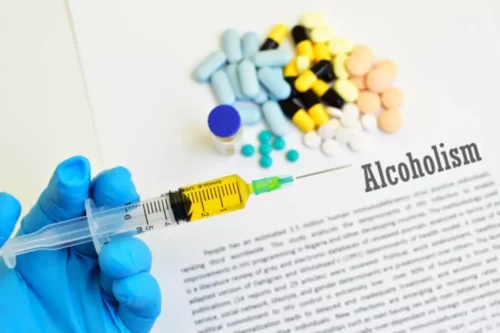
What Happens When You Stop an Addiction?
- The combination of alcohol and mental health disorders can create a vicious cycle, as alcohol may temporarily alleviate symptoms but ultimately worsen the underlying condition.
- Addressing these underlying conditions is essential for improving life expectancy.
- Relationships with family and friends often suffer, leading to social isolation and strained connections.
- Outpatient drug rehab is a flexible treatment program that allows individuals to overcome substance abuse while maintaining their daily responsibilities and living at home.
- To counteract the sedating effects of alcohol, for example, the brain increases the activity of excitatory neurotransmitters, which speed up brain activity.
Although alcohol addiction negatively impacts on mortality, this doesn’t mean that an alcoholic’s life span can’t be improved by making lifestyle changes. Some chronic alcoholics develop a condition called Wernicke-Korsakoff syndrome, which results from a thiamine (vitamin https://ecosoberhouse.com/ B-1) deficiency. The condition, which is sometimes called wet brain, is characterized by eye movement disorders, loss of muscle coordination, confusion and memory issues.
The Meaning Behind I Dreamed About Using Drugs
Explore the types of mental illnesses that lead to addiction, and effective integrated treatment approaches. Explore student opioid addiction rehab options, from medications to tailored therapies, for reclaiming lives. Explore why residential treatment centers aren’t always possible for recovery and discover alternatives. Dive into defining physiological dependence, its symptoms, management strategies, and the path to recovery. ‘, break stigmas, and discover resources for assistance and understanding. Discover what is Suboxone, its uses in treating opioid addiction, side effects, and how it compares to other treatments.
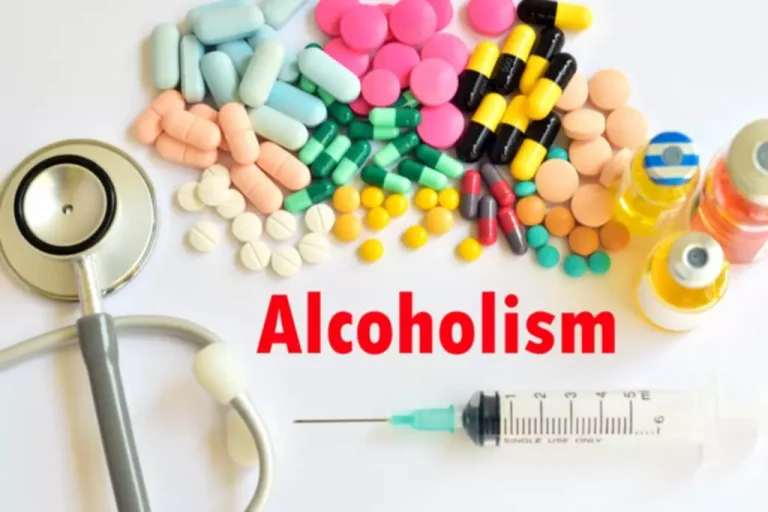
Liver and Pancreas Diseases
Choosing the most suitable support system and treatment option is a personal decision Twelve-step program that should be made in consultation with healthcare professionals and addiction specialists. It’s important to remember that recovery is a journey, and seeking help is the first step towards a healthier and fulfilling life. It is a progressive disease that can lead to physical and psychological dependence on alcohol. Discover how long alcoholics live and the factors influencing their life expectancy and recovery journey. By employing a comprehensive approach that combines various public health strategies, it is possible to reduce the prevalence and impact of excessive drinking on individuals and society as a whole.
- “People of younger age (20–39 years) are disproportionately affected by alcohol consumption with the highest proportion (13%) of alcohol-attributable deaths occurring within this age group.”
- Alcohol abuse can exacerbate or contribute to the development of mental health disorders, such as depression, anxiety, and substance use disorders.
- Matthew Perry converts Malibu home into a sober living center for men, offering hope and support for recovery.
- Drug rehab programs provide a structured environment and various therapies to help individuals overcome substance abuse and achieve long-term recovery.
- This may involve lifestyle changes, stress management techniques, and developing healthy coping mechanisms.
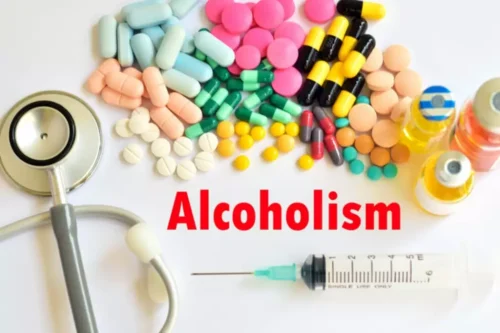
Alcoholism can lead to financial difficulties, unemployment, homelessness, and social isolation. These factors can contribute to poor overall health and decrease life expectancy. Understanding these aspects is essential when addressing the question of how long do alcoholics live? Life expectancy may vary significantly among individuals based on their health and lifestyle choices, emphasizing the need for personalized support and treatment. This knowledge serves as a foundation for developing evidence-based interventions and policies that can effectively address the challenges posed by excessive drinking.
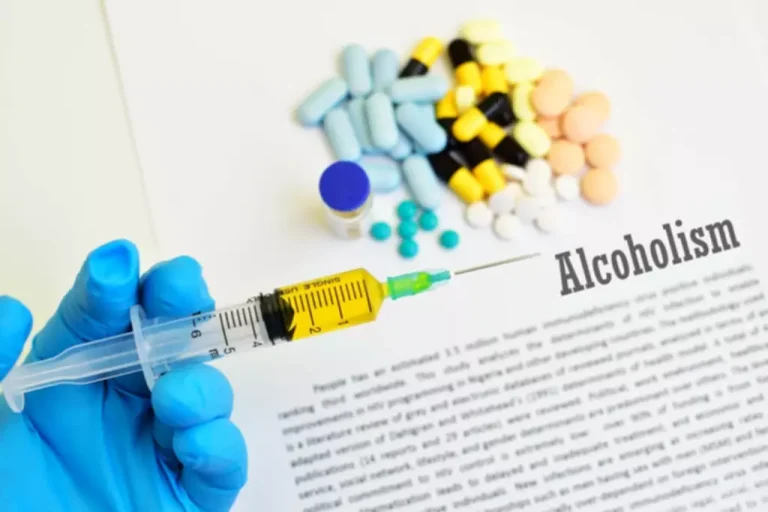
Average Life Expectancy of Alcoholics
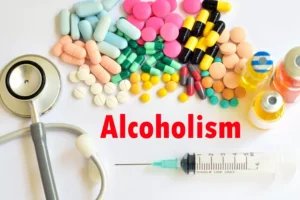
Support can come from various sources, including family, friends, support groups, and mental health professionals. Having a network of people who understand the challenges of alcoholism and provide encouragement can make a significant difference in maintaining sobriety and improving life expectancy. Alcoholism often co-occurs with other medical conditions, which can further impact life expectancy. Mental health disorders, such as depression, anxiety, and substance use disorders, commonly overlap with alcoholism. These co-occurring conditions can worsen the overall health of individuals and contribute to a shorter life expectancy. Furthermore, alcohol abuse can cause alcoholic cardiomyopathy, a condition characterized by weakened heart muscles.
- The lowered life expectancy of a coke addict is also impacted by taking increased risks and using other substances.
- The alcoholic probably isn’t sleeping or eating well at this point and may not be keeping up with personal hygiene.
- It’s common at this point for alcoholics to have lost their jobs as well their friends and family.
- In conclusion, addressing alcoholism is crucial for improving the long-term health outcomes and life expectancy of affected individuals.
